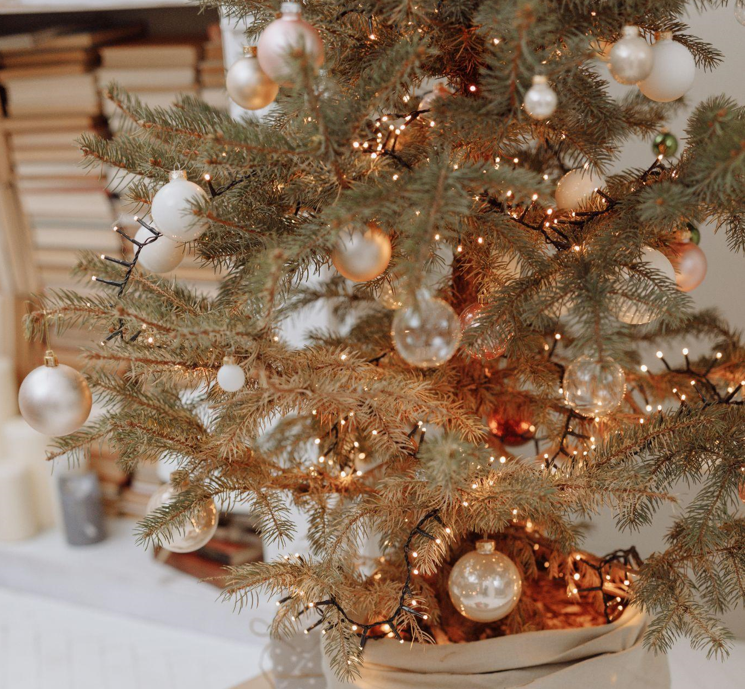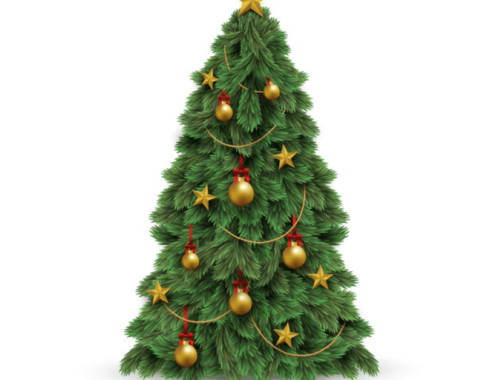
Unwrapping the Origins and Traditions of Christmas Caroling
Christmas Caroling: A Timeless Tradition That Brings Joy and Togetherness
When the holiday season comes, one of the things that make it unique is the sound of Christmas carols. Whether it’s the cheerful rendition of “Jingle Bells,” the soulful melody of “O Holy Night,” or the upbeat tempo of “Feliz Navidad,” caroling has the power to create a festive atmosphere and bring people closer together.
But have you ever wondered where Christmas carols came from and why they have become an integral part of the holiday tradition? In this article, we will take you on a journey of unwrapping the origins and traditions of Christmas caroling and exploring its rich history and significance.
The Origin and Evolution of Carols
“Carol” means a joyous song, usually sung at Christmas time. The practice of caroling can be traced back to ancient pagan celebrations, where people would sing hymns and chants to celebrate the winter solstice and the return of longer days. These songs often featured repetitive choruses and simple melodies that were easy to remember and sing along.
Over time, as Christianity spread throughout Europe, carols became associated with Christmas and were adapted to tell the story of the birth of Jesus. Many melodies we know today originated in English Medieval church hymns, such as “The Holly and The Ivy” and “God Rest Ye Merry, Gentlemen.”
In the 19th century, caroling was revived, thanks to the publication of Christmas carol collections and the popularity of hymn singing. This led to the creation of new carols, such as “Silent Night,” which quickly became a classic symbol of the Christmas spirit.
The Traditions and Impact of Caroling
Today, caroling is a beloved Christmas tradition celebrated worldwide in various ways. In the Philippines, the “Simbang Gabi” is a nine-day novena of Masses, where carolers lead the procession with the song “Payapang Daigdig.” In the UK, “Wassailing” is a tradition where people go from door to door, singing carols and bringing good luck to households for the coming year.
Caroling also serves a significant purpose in spreading Christmas cheer and bringing communities together. Many churches, schools, and organizations organize caroling events to share the season’s joy and promote unity. Some caroling events also serve as fundraisers for charities, supporting the less fortunate in their communities.
Iconic Carols That Resonate with Different Cultures and Beliefs
One of the remarkable things about Christmas carols is that they have been adapted and translated to suit different cultures and languages. Some hymns that originated in one country have become beloved classics worldwide.
For instance, “Joy to the World” is an American melody based on Psalm 98, while “Hark! The Herald Angels Sing” is an English carol first published in 1739. “Feliz Navidad,” a Spanish Christmas song performed by Jose Feliciano, has gained popularity worldwide, while “Tu Scendi Dalle Stelle,” an Italian Christmas hymn, is a favorite among Italians.
Conclusion
In conclusion, Christmas caroling is a tradition that has stood the test of time and continues bringing joy and togetherness to people worldwide. The origin and evolution of melodies and the habits and impact of caroling reveal the heartwarming aspects of this cherished practice.
We hope this guide has provided you with a deeper understanding of Christmas carols and why they remain a symbol of the season of joy and goodwill. As you listen to your favorite carols this holiday season, appreciate their historical and cultural significance, and let the music bring a smile and warmth to your heart.
Key Takeaways:
– Christmas carols originated in ancient pagan celebrations and were adapted to tell the story of the birth of Jesus.
– Caroling serves to spread Christmas cheer and bring communities together.
– Many iconic melodies have been adapted and translated to suit different cultures and languages.
You May Also Like

Simple Tricks to Make Your Artificial Christmas Tree Look Realistic
October 24, 2022
Unwrapping the Fun: Creative Gift Ideas for Your Friends and Family
April 7, 2023

